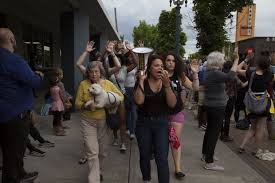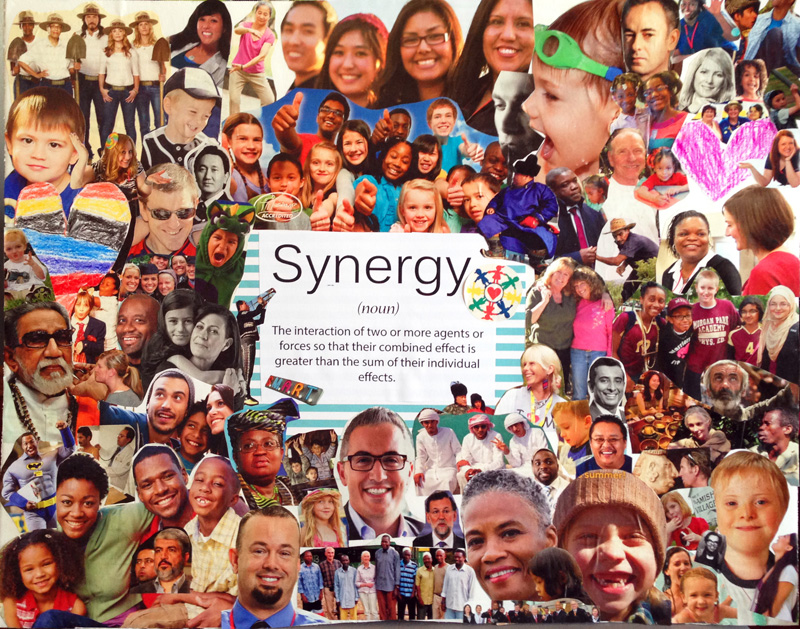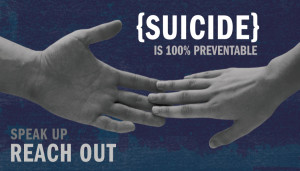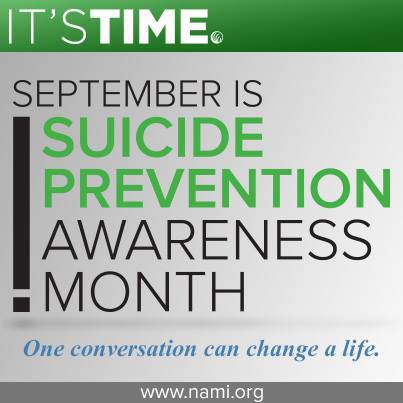
Ferguson Highlights Racism
August 23, 2014
Our Conflict With Color
September 3, 2014By Janice S. Ellis, Ph.D., Kansas City, MO –
Mental well-being is a matter of degree.
Mental health professionals will readily tell you that most of us at some point in our lives will experience some level of depression. And, few of us can totally escape stress and anxiety.
But one thing is certain: A sense of connectedness is vital to our overall well being.
Where we fit, how we fit, our relationship with our parents, spouse, sibling, cousin, neighbor, community, and city are very important variables in the equation of mental wellness at any given time.
How do we assess our place, our sense of belonging, in the world we live in daily? The answer plays a crucial role in our physical and mental health – the quality of our lives, and in many cases the longevity of our lives. September is suicide prevention month and a great time to have a mental check-up.
I recently revisited a book by Dr. Edward Hallowel entitled Connect. Dr. Hallowel makes a convincing case of how our relationships with others and the communities in which we live make all the difference.
Studies have repeatedly shown that a child does better in school when he or she has a strong feeling of being connected not only to his family and the home environment but also when he or she feels a sense of belonging, relating to his or her teacher and fellow classmates. Studies have also shown that, often, married people live longer healthier lives – physically and mentally – than single people who live alone. The elderly are better off living in a communal setting or having pets rather than living alone in isolation.
September is Suicide Prevention
Along with staying connected with family and friends, it is also important to know our neighbors and allow our neighbors to get to know us. It is equally important that we become “connected” with our community by getting involved in those issues that impact it even if those issues revolve around race, ethnicity or cultural diversity. While many neighborhoods have organized associations and block clubs, many more do not. Many exist in name and dues only. Many come together only when there is an issue or an occasion.

September is suicide prevention month and time for a mental check-up. Photo Credit: fox43.com
The need to be connected and stay connected with people and causes that are important to us will become even more important as we continue to integrate the ever-emerging advances in telecommunications to “reach out and touch.”
With the options to do all of our shopping and visiting (video telephones) electronically, even worship, staying connected in a personal way will become ever more challenging.
But it is real important that we not allow the convenience of technology to broaden the gap in maintaining and nurturing the warm and caring qualities that is so needed for our physical, spiritual and emotional well-being.
We would do well to remember that staying connected is also good for society. We have only to think of the many signs of disconnectedness – homelessness, gangs, family violence, random violence, suicides – that we read about or see on the news all too often.
No technological convenience can ever replace a hug, a pat on the shoulder, a smile, sharing a meal, engaging in a vigorous debate about something for which you care deeply, taking time for a lost or confused soul. September is suicide prevention awareness month. Let us commit to reach out to someone who may be vulnerable.
Perhaps one of the best ways to make technology work for us is to use the time saved to spend more time getting to know people who are important to us – our family members, our neighbors, our friends.
Virtual connectedness is not the same as the real thing.
Feature Photo Credit: rearrangingletters.wordpress.com

